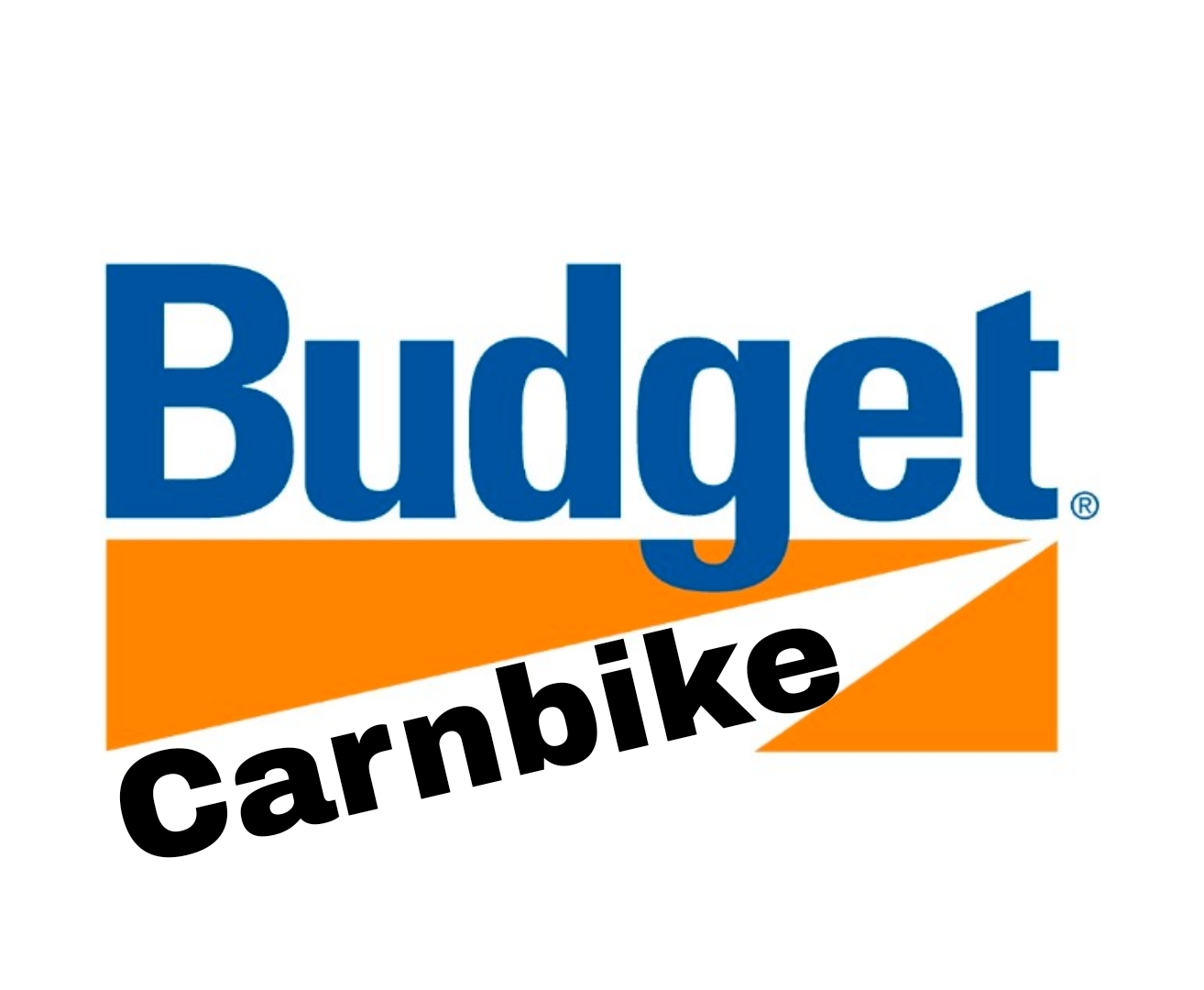
Introduction:
The world is facing an environmental crisis, and transportation is a significant contributor to the problem. Vehicles that run on fossil fuels are major emitters of greenhouse gases, which contribute to climate change and air pollution. As a result, many individuals and organizations are turning to sustainable transportation solutions to reduce their carbon footprint and help protect the planet.
One of the simplest ways to achieve sustainable transportation is to save fuel. Not only does this reduce emissions, but it can also save you money on fuel costs. In this book, we will explore the various ways that you can save fuel and contribute to a more sustainable future.
Chapter 1: The Importance of Saving Fuel
In this chapter, we will discuss why saving fuel is important. We will explore the impact of vehicle emissions on the environment and the health effects of air pollution. We will also discuss the economic benefits of saving fuel, including reduced fuel costs and increased energy security.
Chapter 2: Vehicle Maintenance
Regular vehicle maintenance is essential for saving fuel. In this chapter, we will discuss the importance of proper vehicle maintenance, including keeping your tires inflated, changing your oil regularly, and tuning up your engine. We will also explore other ways to keep your vehicle running efficiently, such as using the right grade of fuel and replacing your air filter.
Chapter 3: Driving Habits
The way you drive can have a significant impact on your fuel economy. In this chapter, we will discuss driving habits that can help you save fuel, such as accelerating and braking gently, maintaining a steady speed, and avoiding idling. We will also explore the benefits of carpooling and using public transportation.
Chapter 4: Fuel-Efficient Vehicles
.jpg)
Chapter 5: Alternative Transportation
In addition to fuel-efficient vehicles, there are other forms of sustainable transportation that can help you save fuel. In this chapter, we will explore alternative transportation options, such as cycling, walking, and telecommuting. We will also discuss the benefits of using ride-sharing services and public transportation.
Chapter 6: Government Incentives and Policies
Governments around the world are implementing policies and incentives to encourage sustainable transportation. In this chapter, we will explore government incentives and policies, such as tax credits for fuel-efficient vehicles and investments in public transportation. We will also discuss the role of government in reducing emissions and promoting sustainable transportation.
Chapter 7: The Future of Sustainable Transportation
The world of sustainable transportation is constantly evolving. In this final chapter, we will discuss the future of sustainable transportation, including advancements in technology and the growing demand for electric vehicles. We will also explore the role of sustainable transportation in addressing the global climate crisis.
Conclusion:
Saving fuel is an essential component of sustainable transportation. By making simple changes to our driving habits, maintaining our vehicles, and exploring alternative transportation options, we can all contribute to a cleaner and more sustainable future. In this book, we have explored the various ways that you can save fuel and reduce your carbon footprint. I hope that you find this information helpful and that it inspires you to take action towards a more sustainable future.
Chapter 8: Choosing the Right Fuel
When it comes to saving fuel, choosing the right type of fuel is important. In this chapter, we will explore the different types of fuels available and their impact on fuel efficiency and emissions. We will also discuss the benefits and drawbacks of using gasoline, diesel, biodiesel, ethanol, and other alternative fuels.
Chapter 9: Eco-Driving Techniques
Eco-driving techniques are driving habits that can help you save fuel and reduce emissions. In this chapter, we will explore advanced eco-driving techniques, such as pulse and glide driving, coasting, and regenerative braking. We will also discuss the benefits of using technology to monitor your fuel efficiency and improve your driving habits.
Chapter 10: The Impact of Idling
Idling is a common practice that wastes fuel and contributes to air pollution. In this chapter, we will explore the impact of idling on fuel efficiency and emissions. We will also discuss strategies for reducing idling, such as turning off your engine when parked and using an automatic engine stop-start system.
Chapter 11: Sustainable Transportation for Businesses
Businesses can also play a significant role in promoting sustainable transportation. In this chapter, we will explore the benefits of sustainable transportation for businesses, including reduced fuel costs and increased employee satisfaction. We will also discuss strategies for implementing sustainable transportation policies and incentives for employees.
Chapter 12: The Role of Infrastructure
Infrastructure plays a critical role in sustainable transportation. In this chapter, we will explore the importance of infrastructure, including charging stations for electric vehicles, bike lanes, and public transportation systems. We will also discuss the role of government and private sector in funding and developing sustainable transportation infrastructure.
Chapter 13: Overcoming Barriers to Sustainable Transportation
There are several barriers to adopting sustainable transportation, including lack of infrastructure and high upfront costs. In this chapter, we will explore strategies for overcoming these barriers, such as government policies and incentives, public-private partnerships, and education and awareness campaigns.
Chapter 14: Tracking Your Progress
Tracking your progress is an essential component of sustainable transportation. In this chapter, we will discuss how to monitor your fuel efficiency and track your progress towards reducing emissions. We will also explore the benefits of using apps and other tools to track your transportation habits and make adjustments to your driving habits.
Chapter 15: Taking Action
In this final chapter, we will discuss how to take action towards a more sustainable transportation future. We will explore strategies for reducing your carbon footprint, such as reducing your driving, switching to alternative transportation, and choosing a fuel-efficient vehicle. We will also discuss how to advocate for sustainable transportation policies and infrastructure in your community.

Conclusion:
Saving fuel is a critical component of sustainable transportation, and there are many strategies that individuals and organizations can use to reduce their carbon footprint. In this book, we have explored the various ways that you can save fuel, from simple changes to your driving habits to adopting new technologies and alternative transportation options. I hope that this book inspires you to take action towards a cleaner and more sustainable future.
Epilogue:
The need for sustainable transportation has never been greater. The transportation sector is a significant contributor to greenhouse gas emissions, and the effects of climate change are becoming more apparent each year. However, the good news is that there are many opportunities for individuals, businesses, and governments to take action towards a more sustainable future.
By implementing the strategies outlined in this book, we can reduce our reliance on fossil fuels, save money on fuel costs, and improve the health of our communities. From choosing a fuel-efficient vehicle to adopting eco-driving techniques and advocating for sustainable transportation policies, we all have a role to play in creating a cleaner, greener transportation system.
As we look to the future, it is clear that sustainable transportation will continue to be a crucial part of the fight against climate change. By working together and taking action now, we can ensure that future generations have access to clean and efficient transportation options. Let's start today and make a difference for tomorrow.




0 Comments